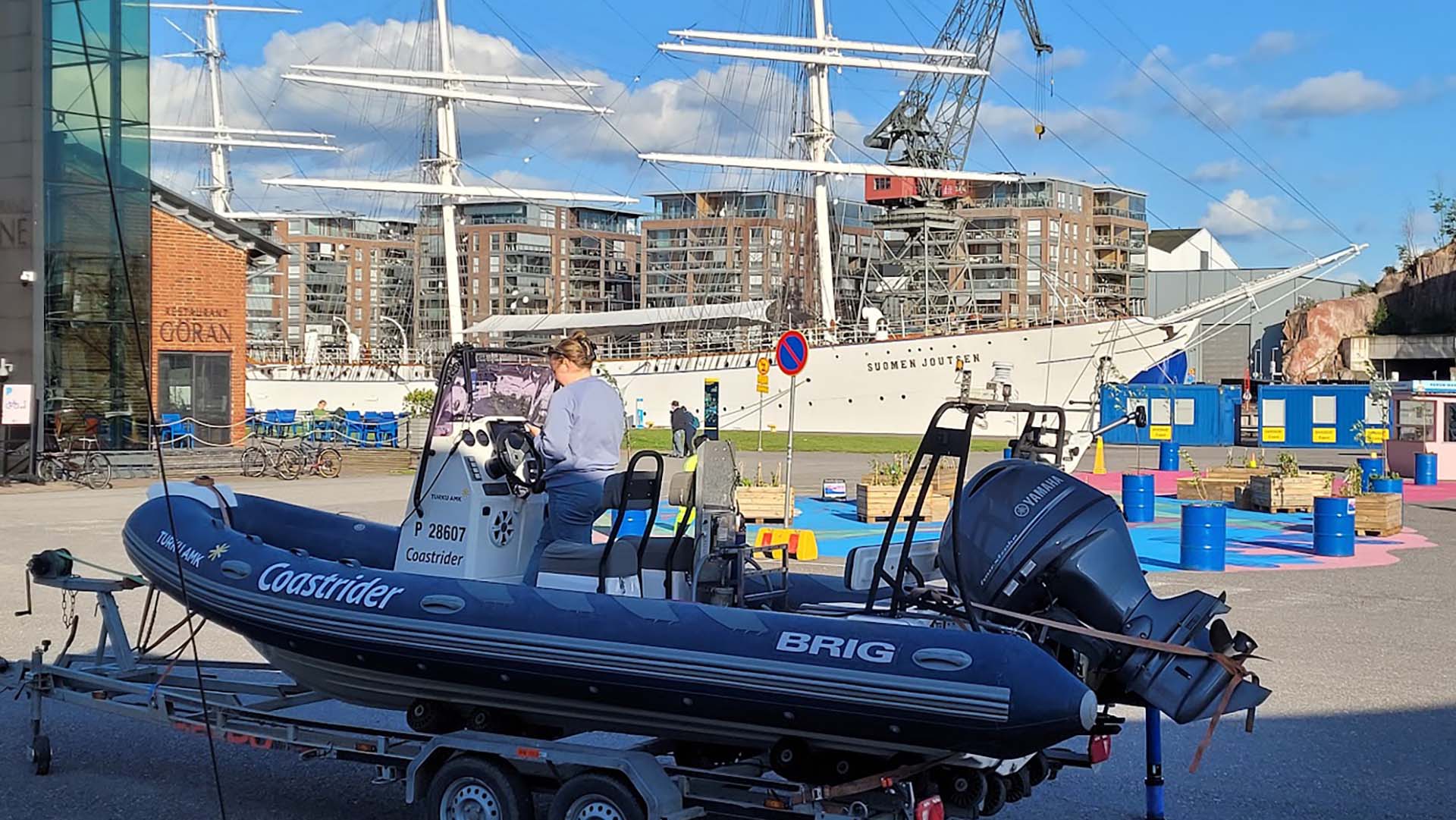BASIC: Biodiversity – Abiotic Settings Influencing Communities

Duration of the project
Source of funding
Meyer Turku Oy
Total funding
33 250 €
In the BASIC project, we measure how runoff and flow conditions influence variation in water and sediment quality, and thereby underwater biodiversity in a multi-stressed coastal environment. Our aim is to determine how the impacts of a large shipyard can be distinguished from environmental variation caused by other reasons.
Biodiversity issues are a key part of Meyer Turku’s sustainability strategy. The shipyard has launched a project called Biodiversity, which Questions related to biodiversity are a central part of Meyer Turku’s sustainability strategy. The shipyard has launched a project called Biodiversity, which aims to identify the current state of biodiversity within the potential impact area of the shipyard and the effects of shipyard operations on biodiversity. The shipyard’s location on the shores of Raisionlahti, by the Baltic Sea, means that a significant portion of the shipyard’s environmental impacts are directed towards the marine environment. The effects of stormwater from the large shipyard area and the drainage from the dry dock on the hydrodynamics of the surrounding marine area, as well as the quality of water and sedimented material, are of crucial importance for local biodiversity. In the BASIC study, which is the part of the Biodiversity project focusing on water and sediment quality, the primary aim is to determine how the shipyard’s immediate environment and its condition should be assessed to reliably verify the impacts of shipyard operations on marine biodiversity. The study consists of three main objectives:
- Detailed identification and characterization of the environmental types of the shipyard’s nearby waters.
- Determination of the nature, intensity, extent, and frequency of deviations in the status of the water environment within the immediate impact area of shipyard operations.
- Linking observed deviations in the status of the water environment to shipyard operations and distinguishing them from variation caused by other reasons in the investigated environment.
The common goal of the objectives is to produce new scientific information that will help to correctly target measures to reduce the adverse effects of shipyard operations on marine nature in the future. The research and development cooperation between Turku University of Applied Sciences and Meyer Turku produces scientific evidence based on empirical field measurements about the status of the nearby marine area and the pressures affecting it as part of a broader context, i.e., the prevailing conditions in the entire northern Archipelago Sea and the features regulating it.
Contact us
Partners
- Finnish Environment Institute
Meet the research team
-
Research teams
Water and Environmental Protection
See all our projects
We carry out nearly 200 RDI projects annually together with working life and our international partner networks.

